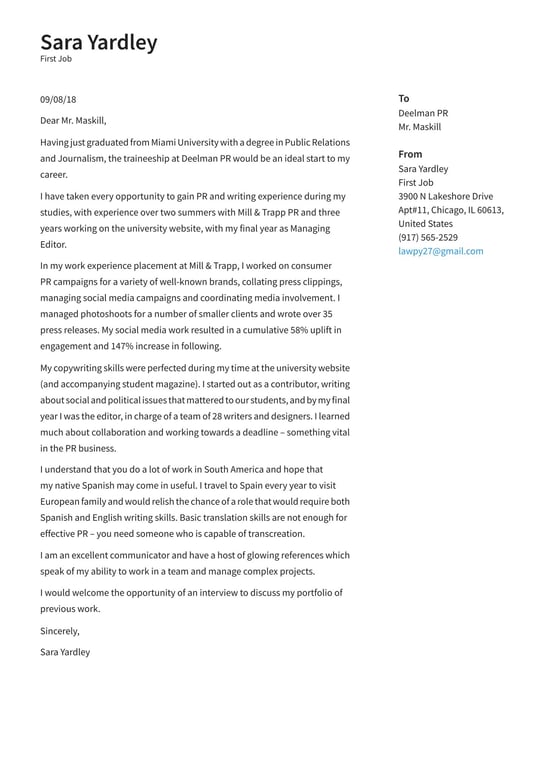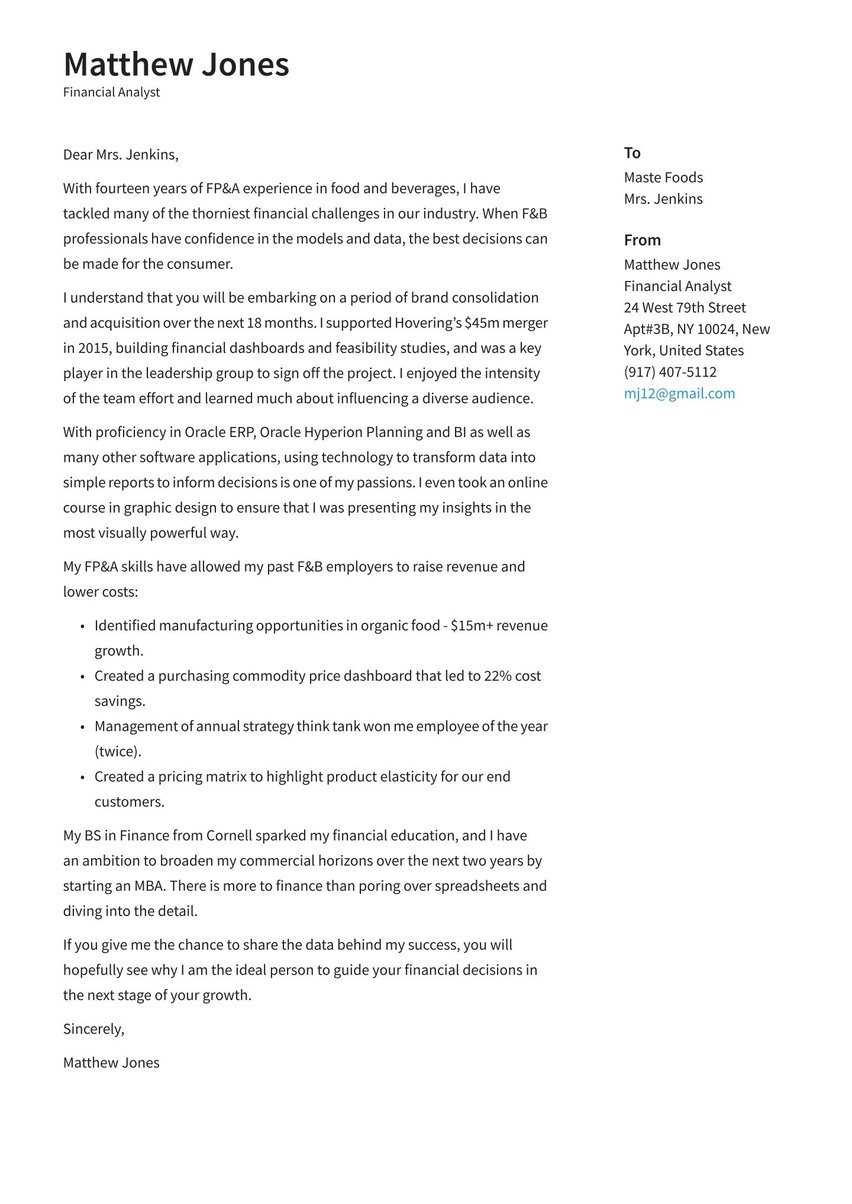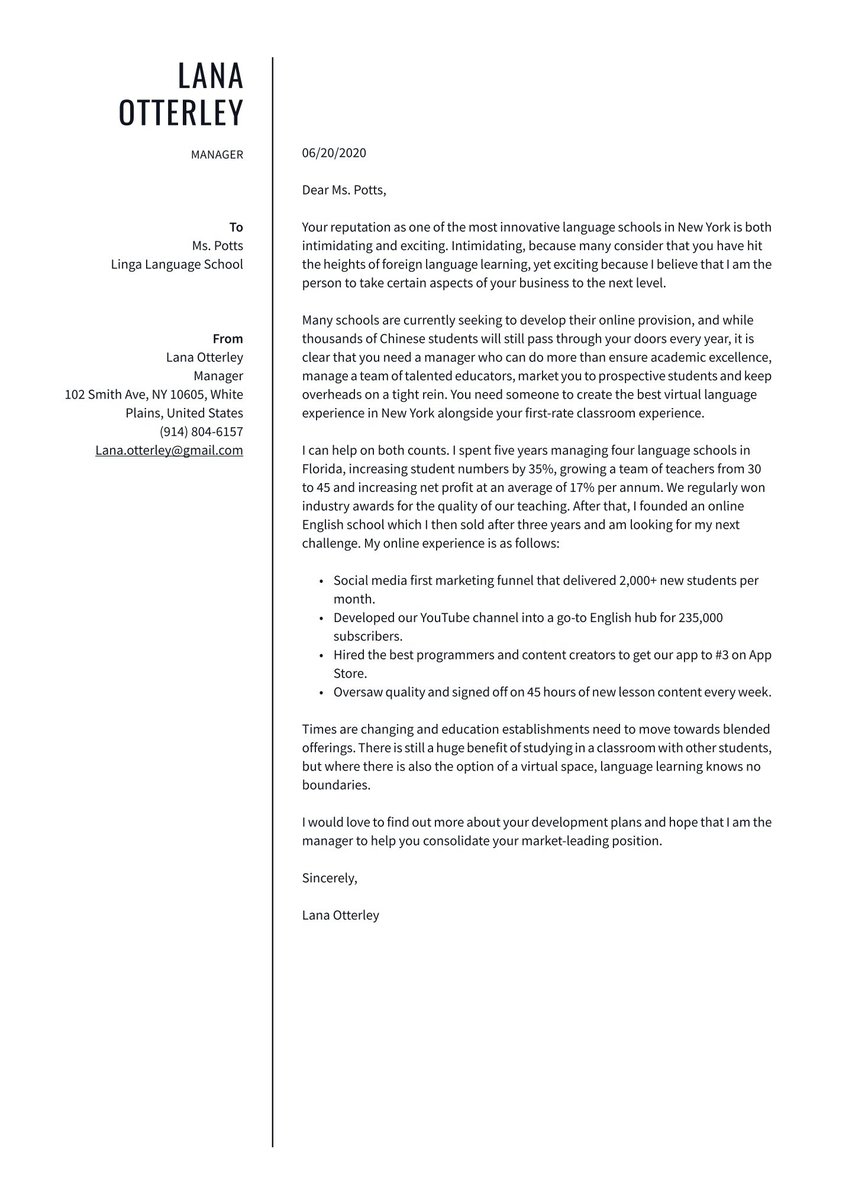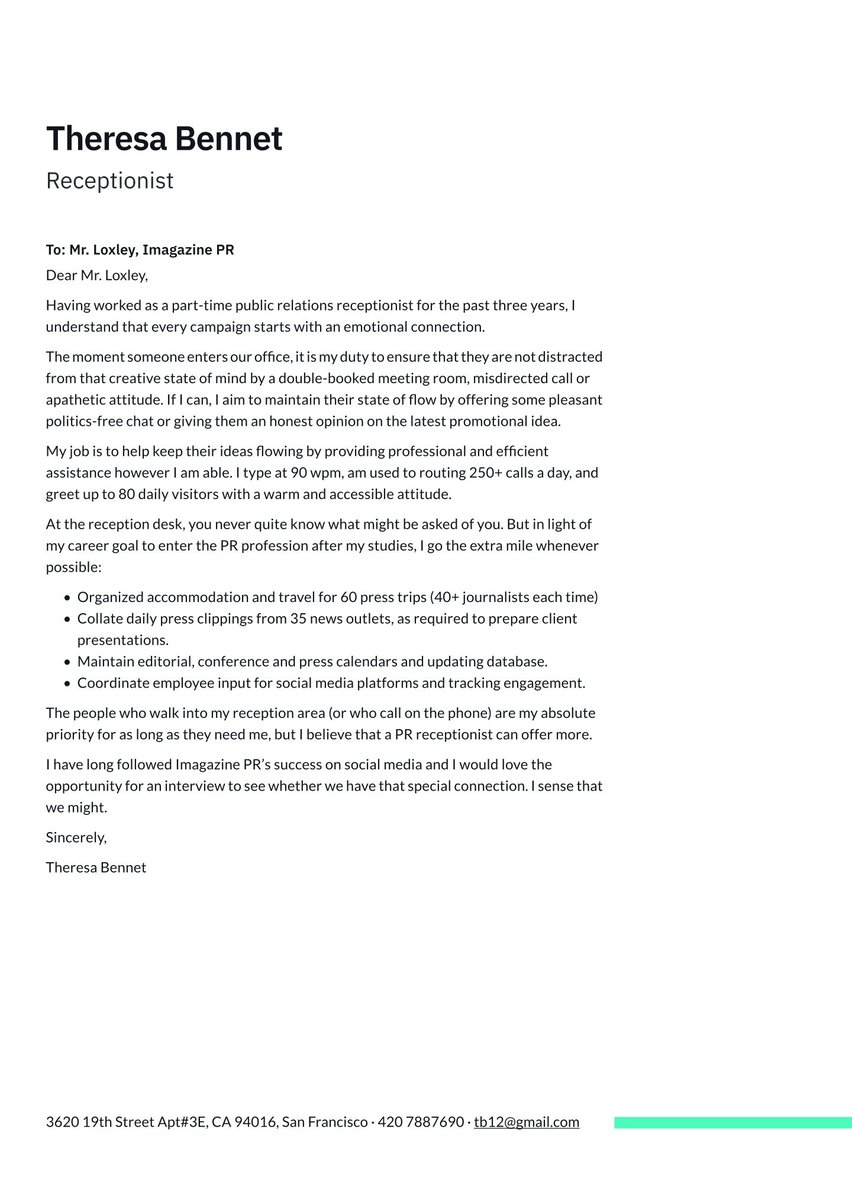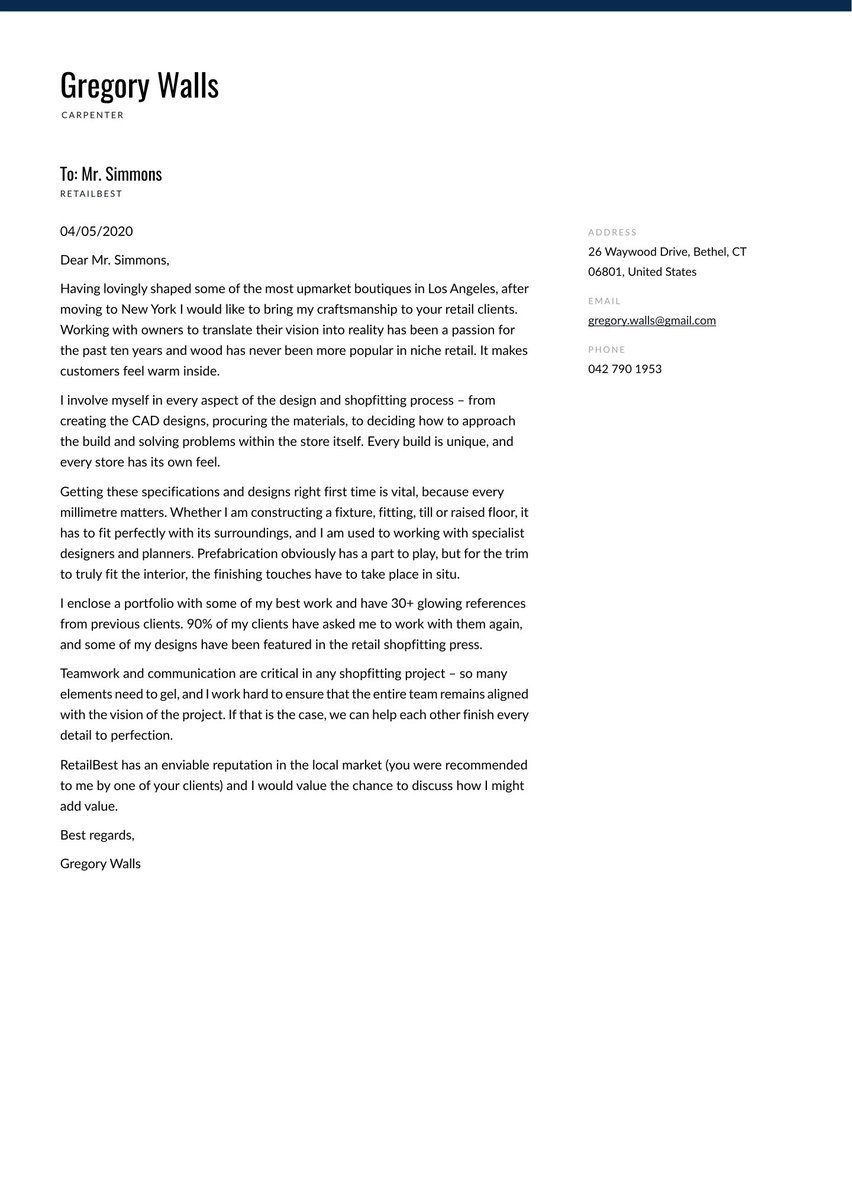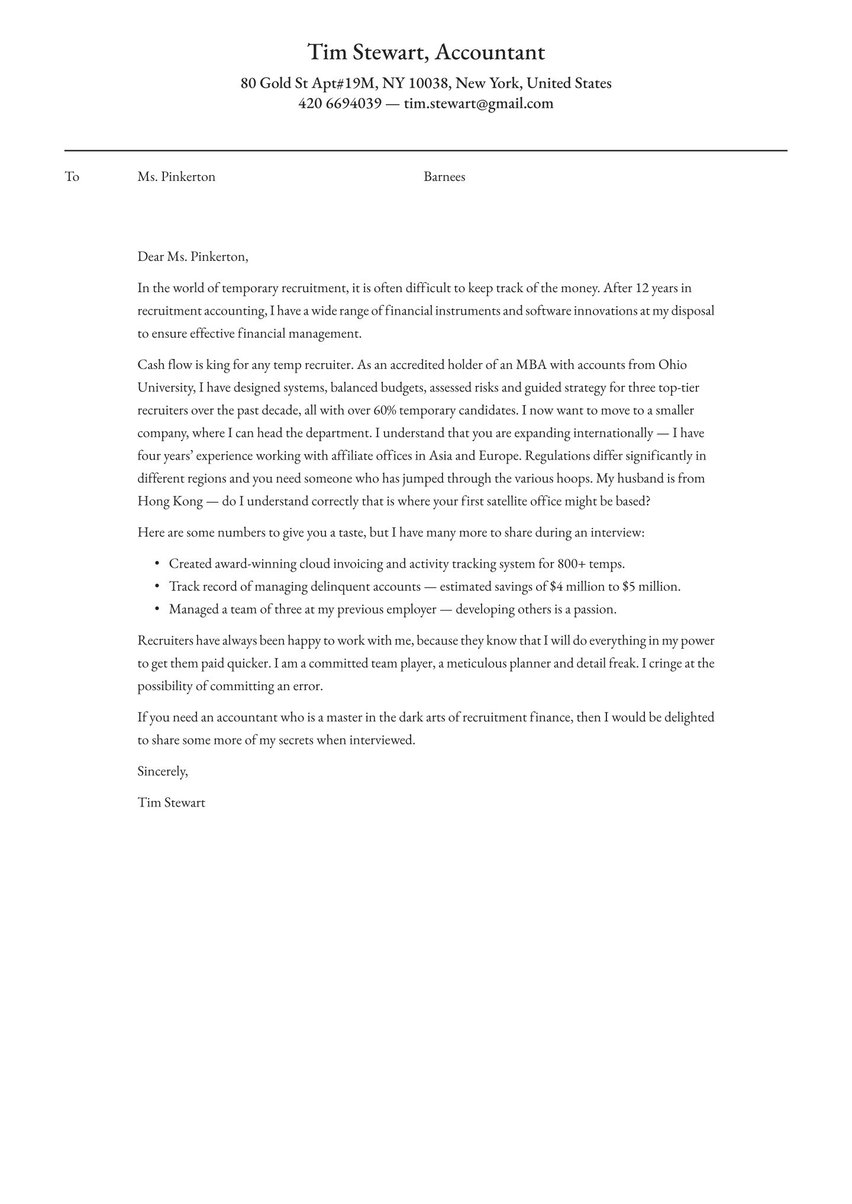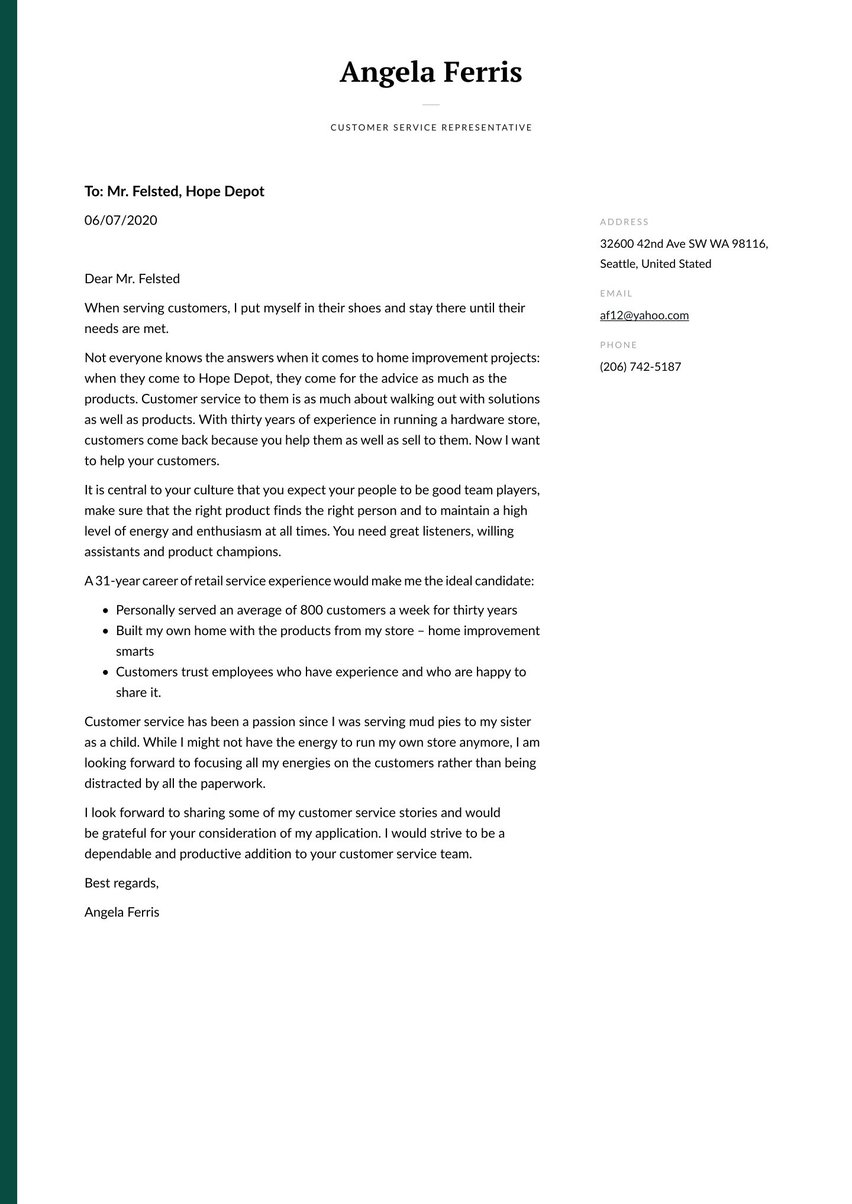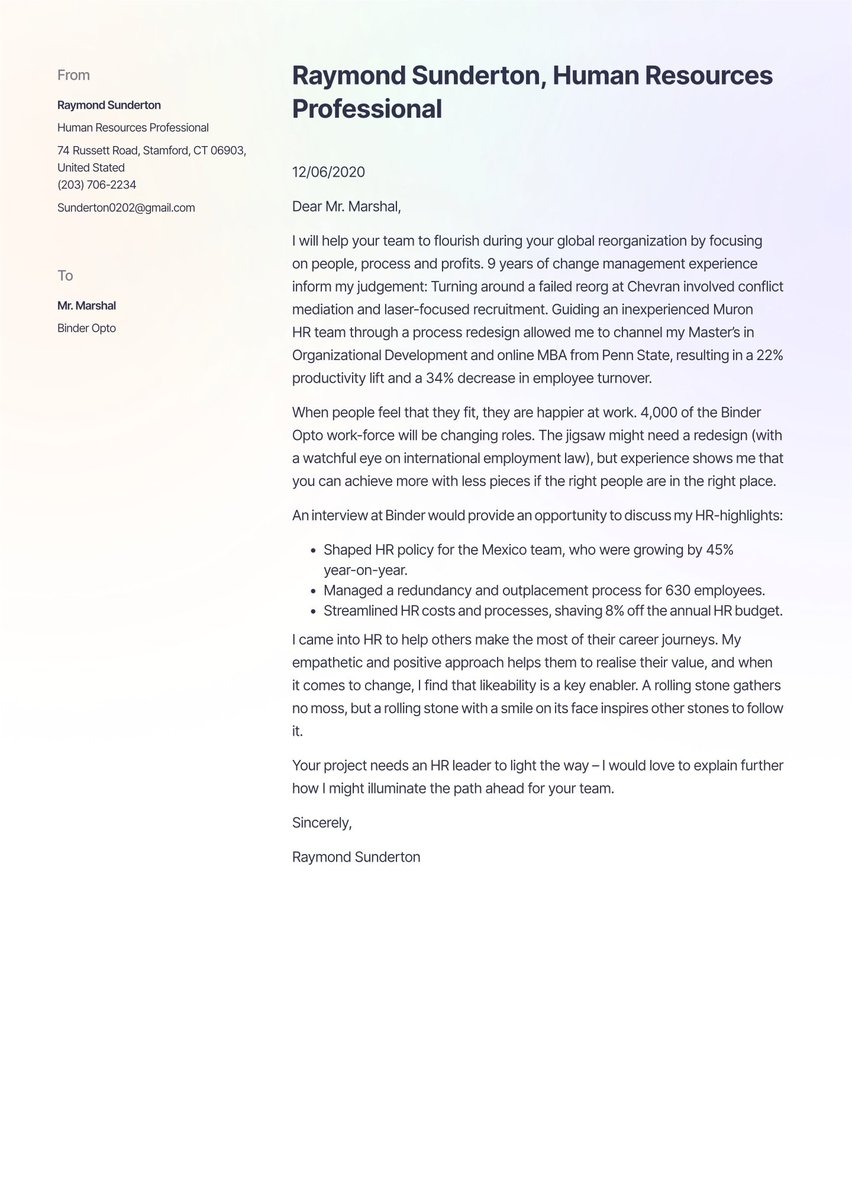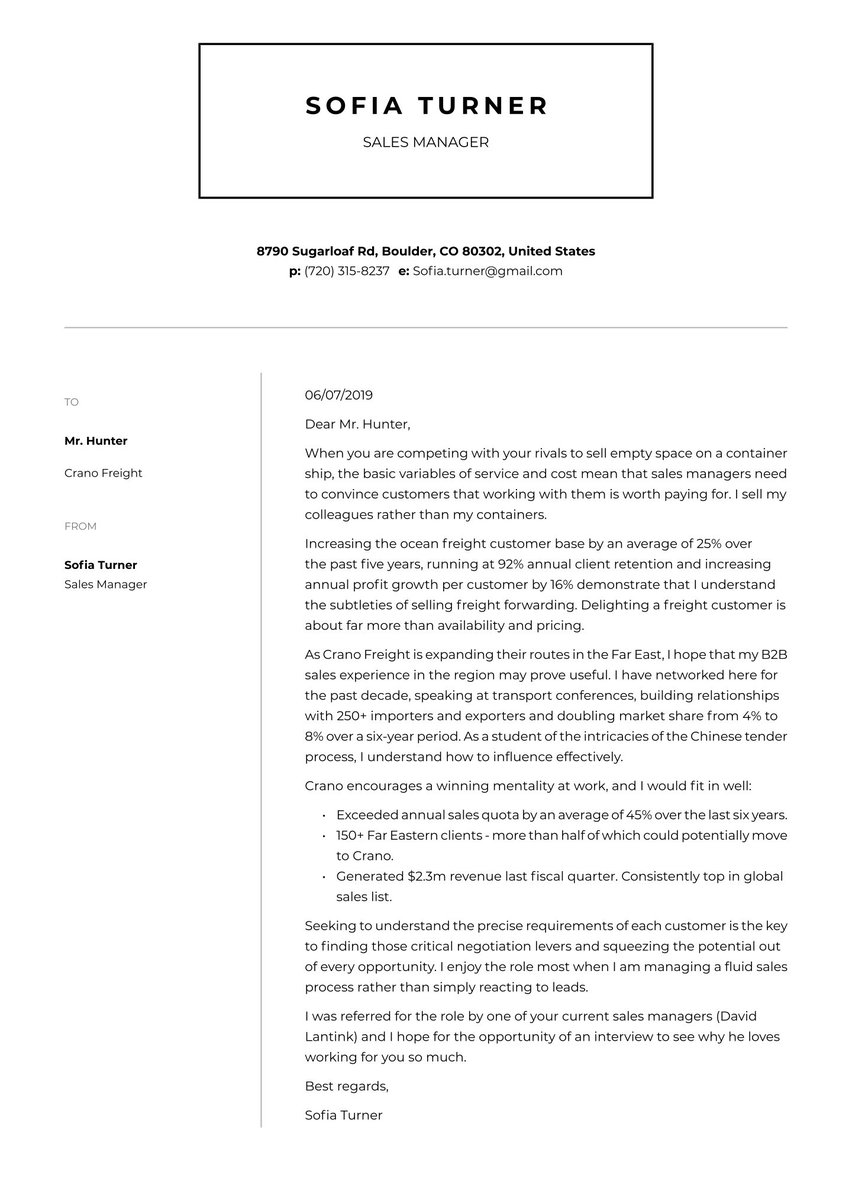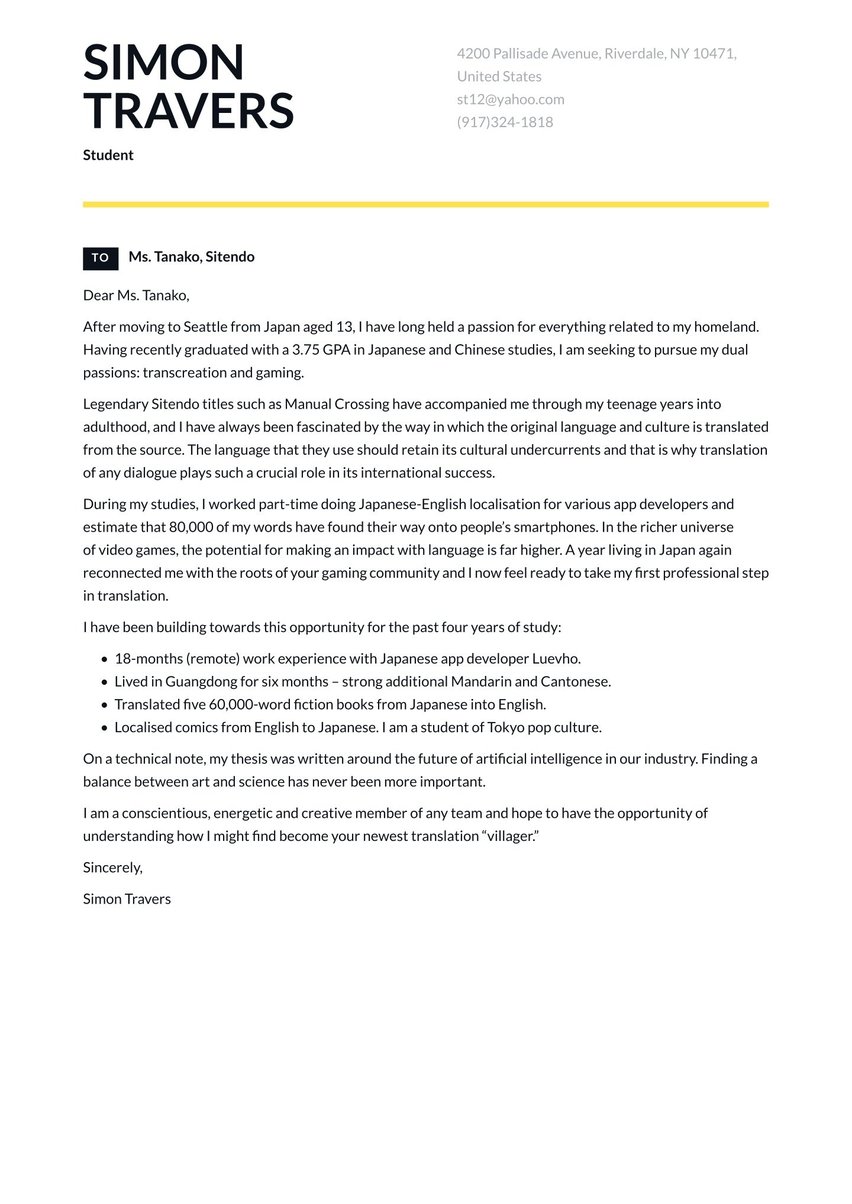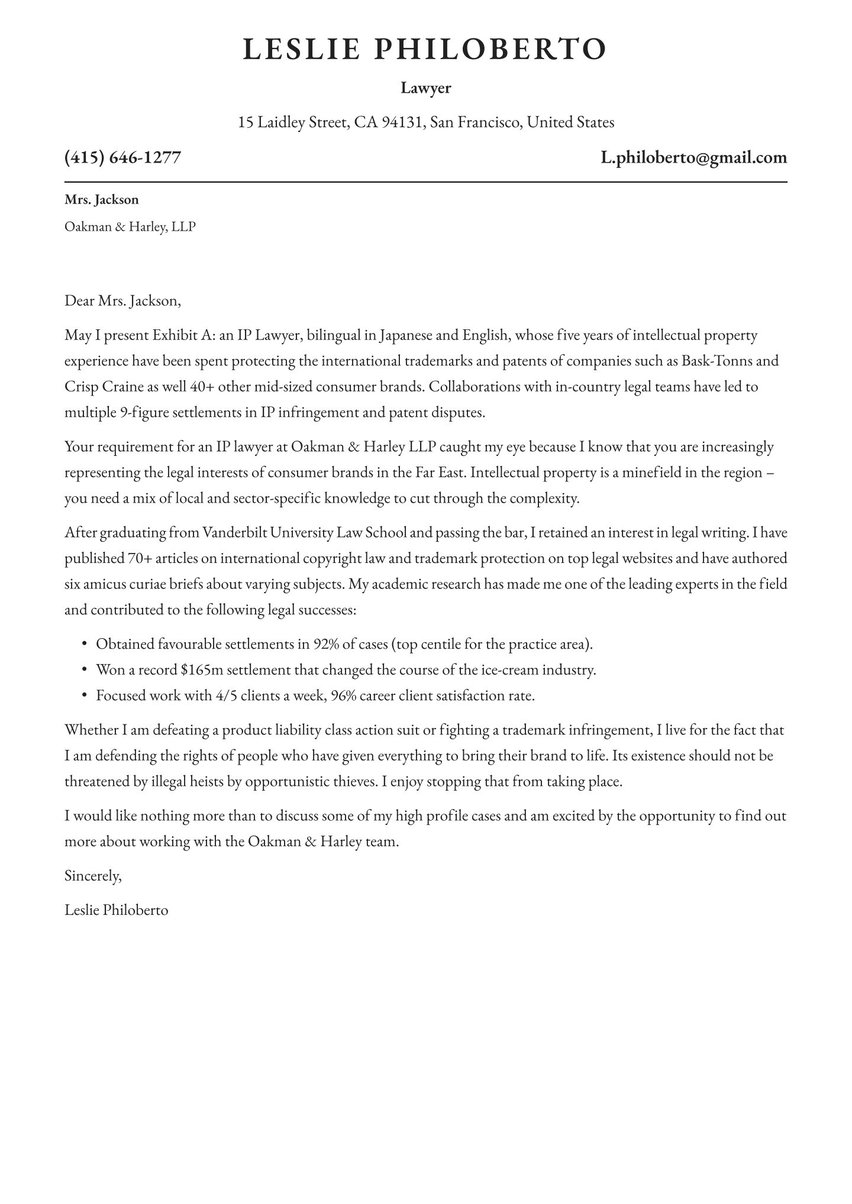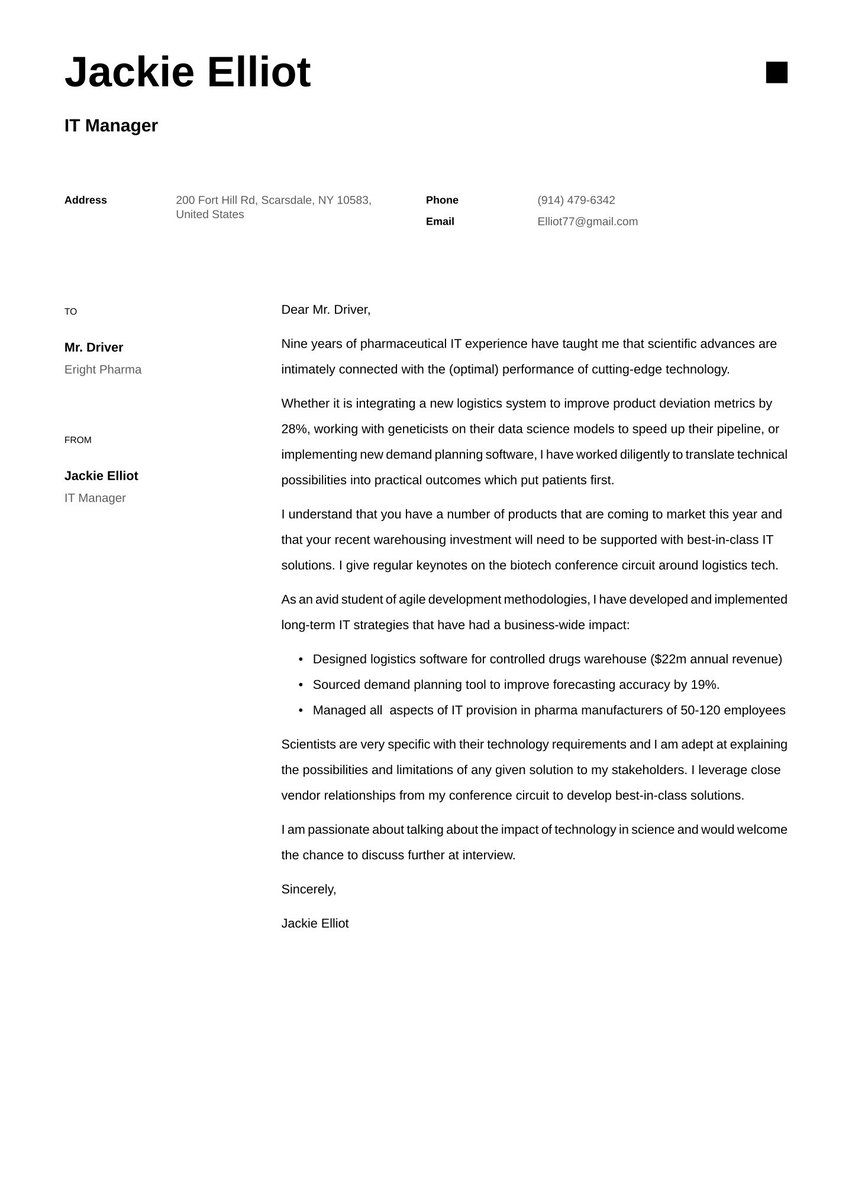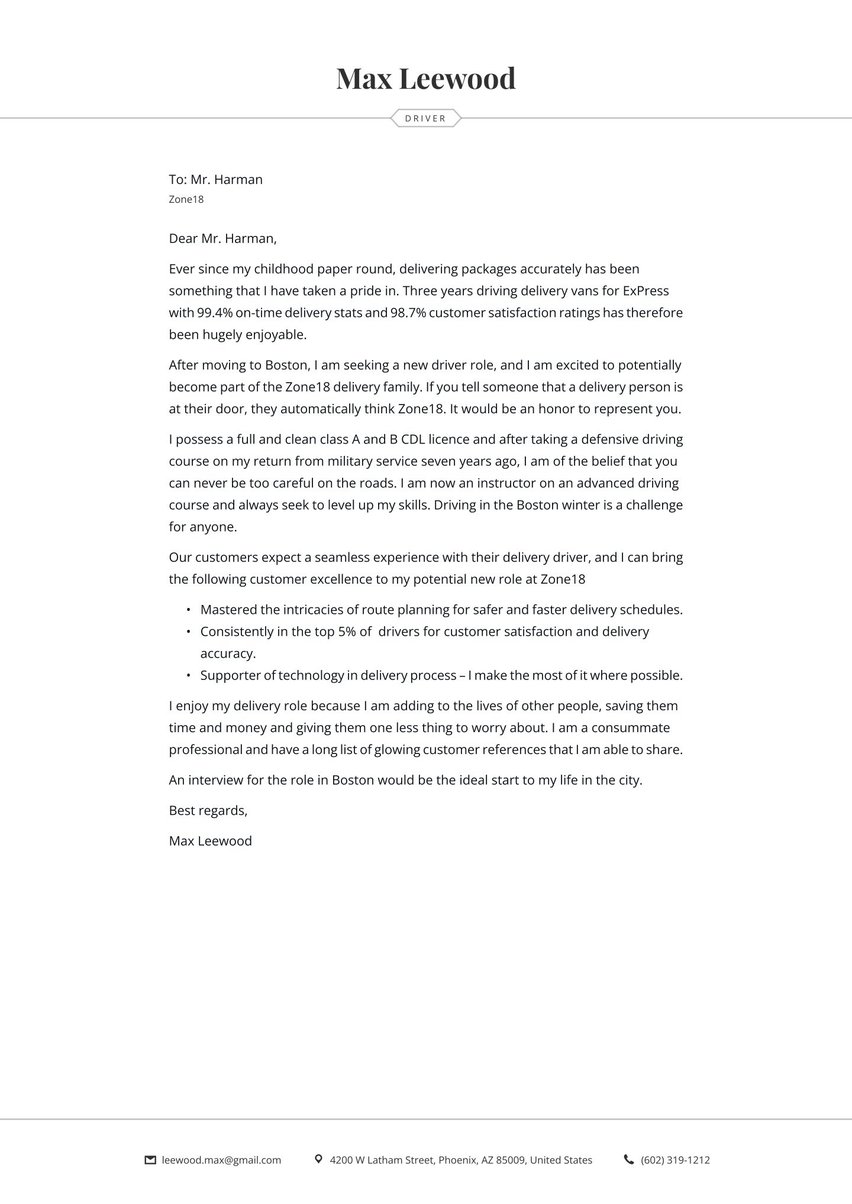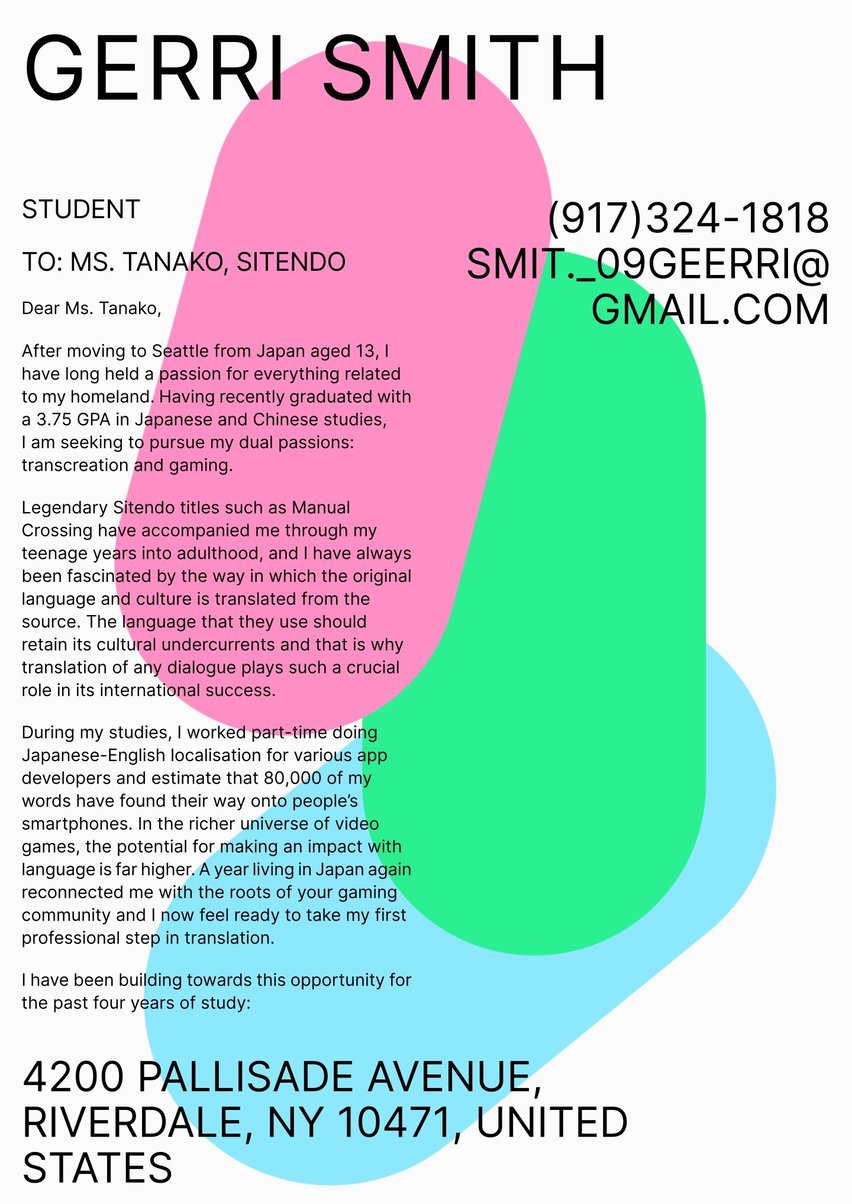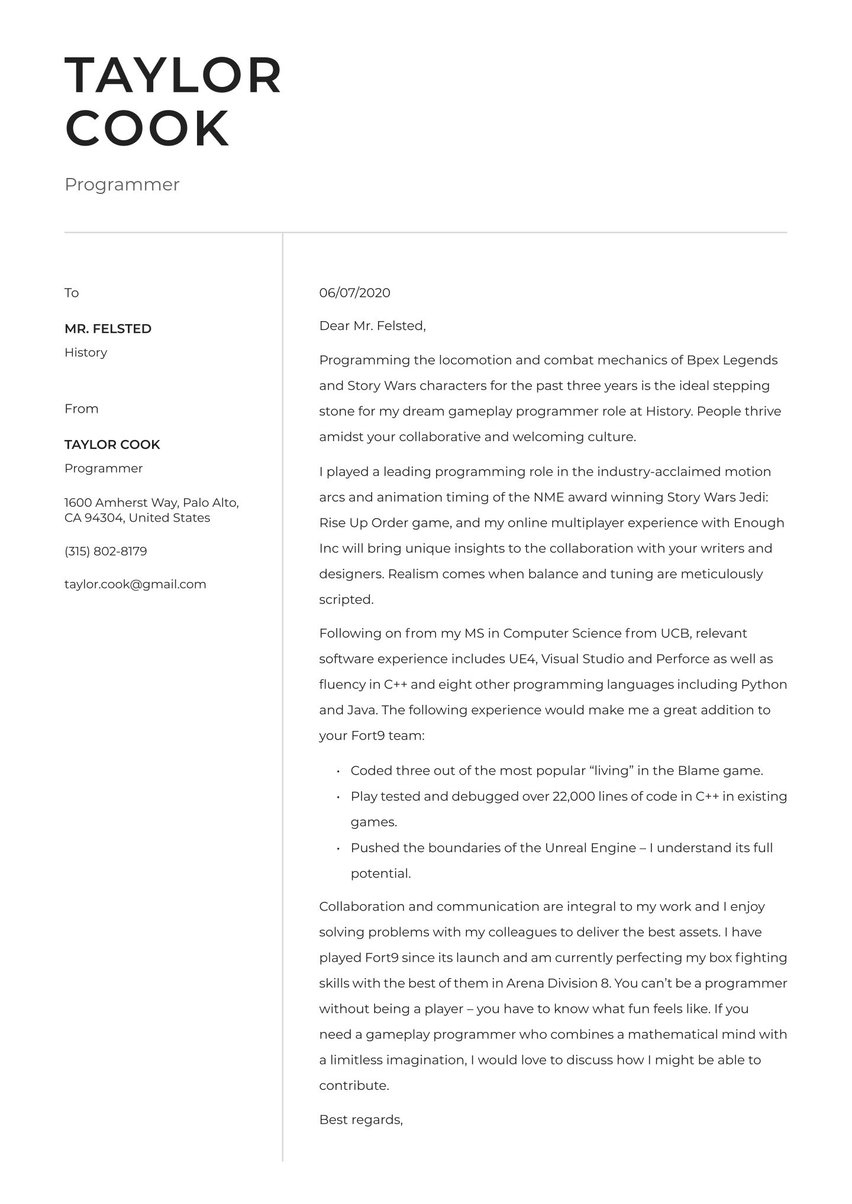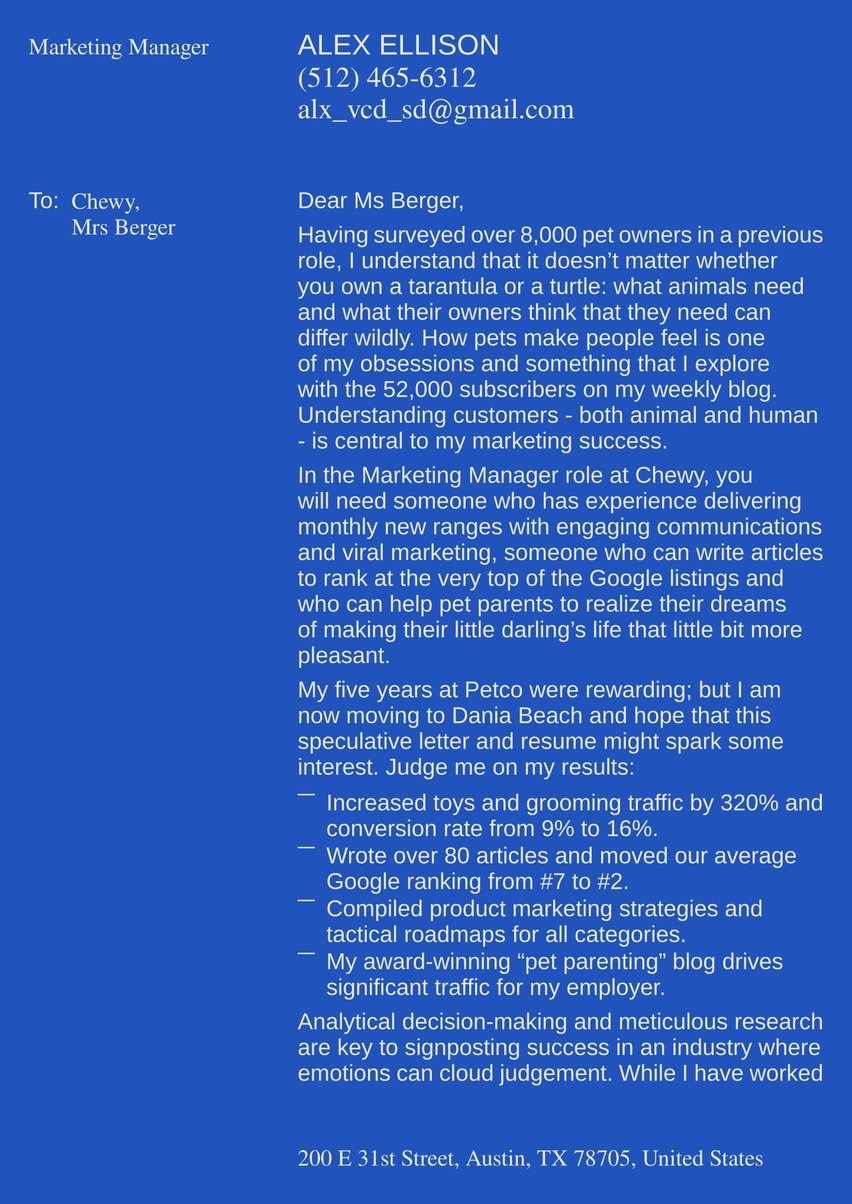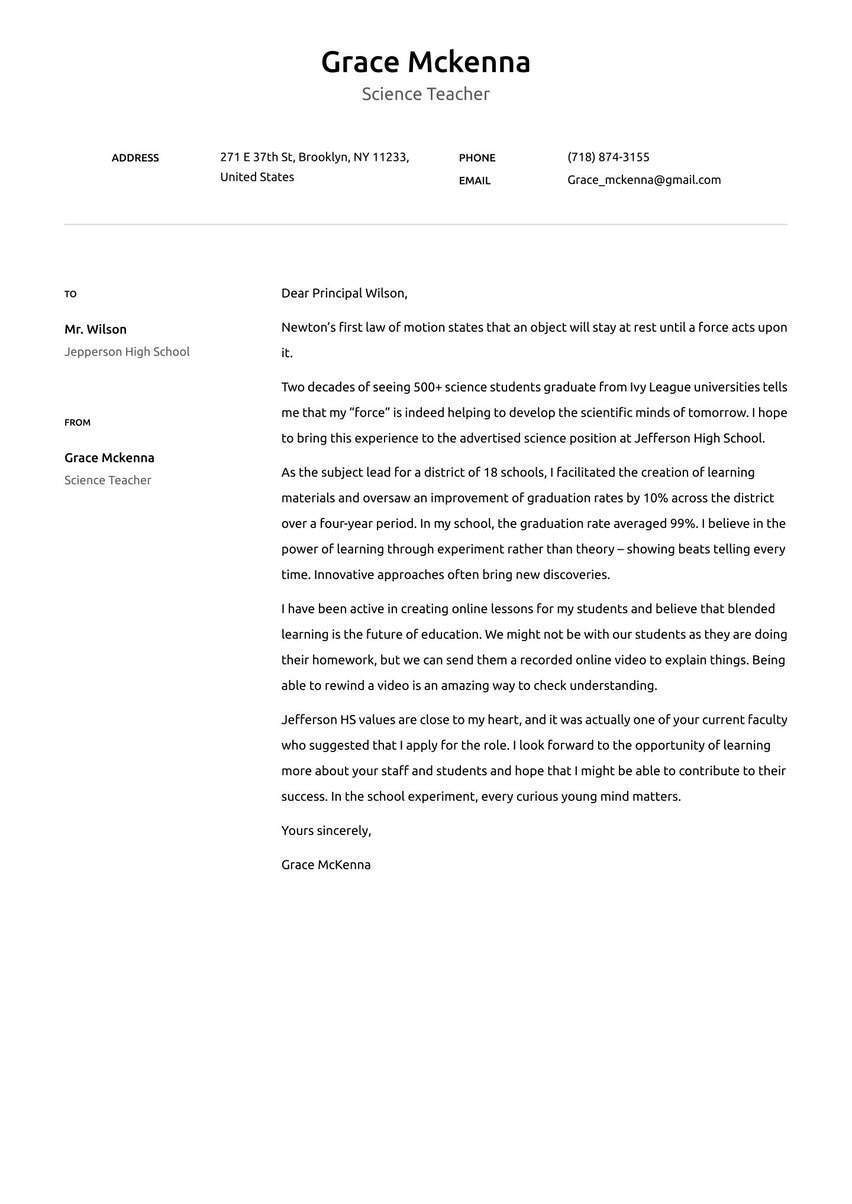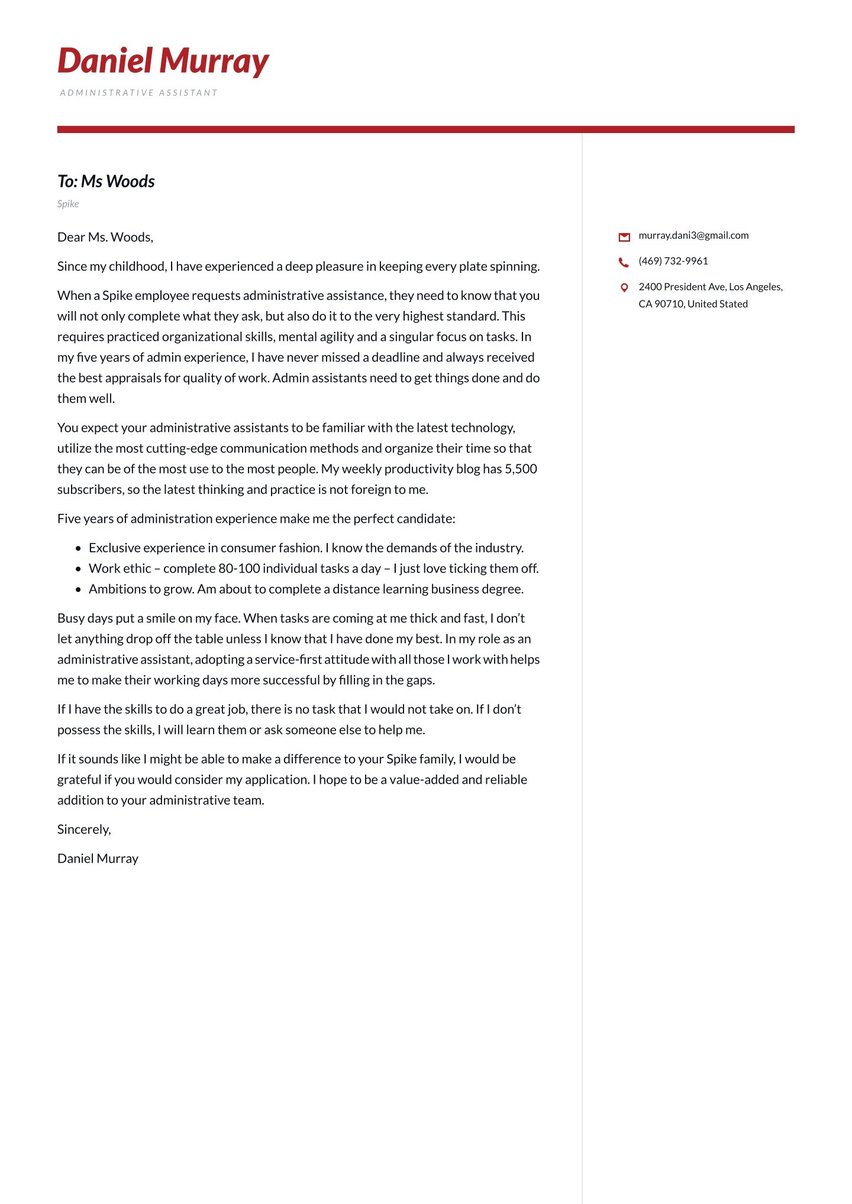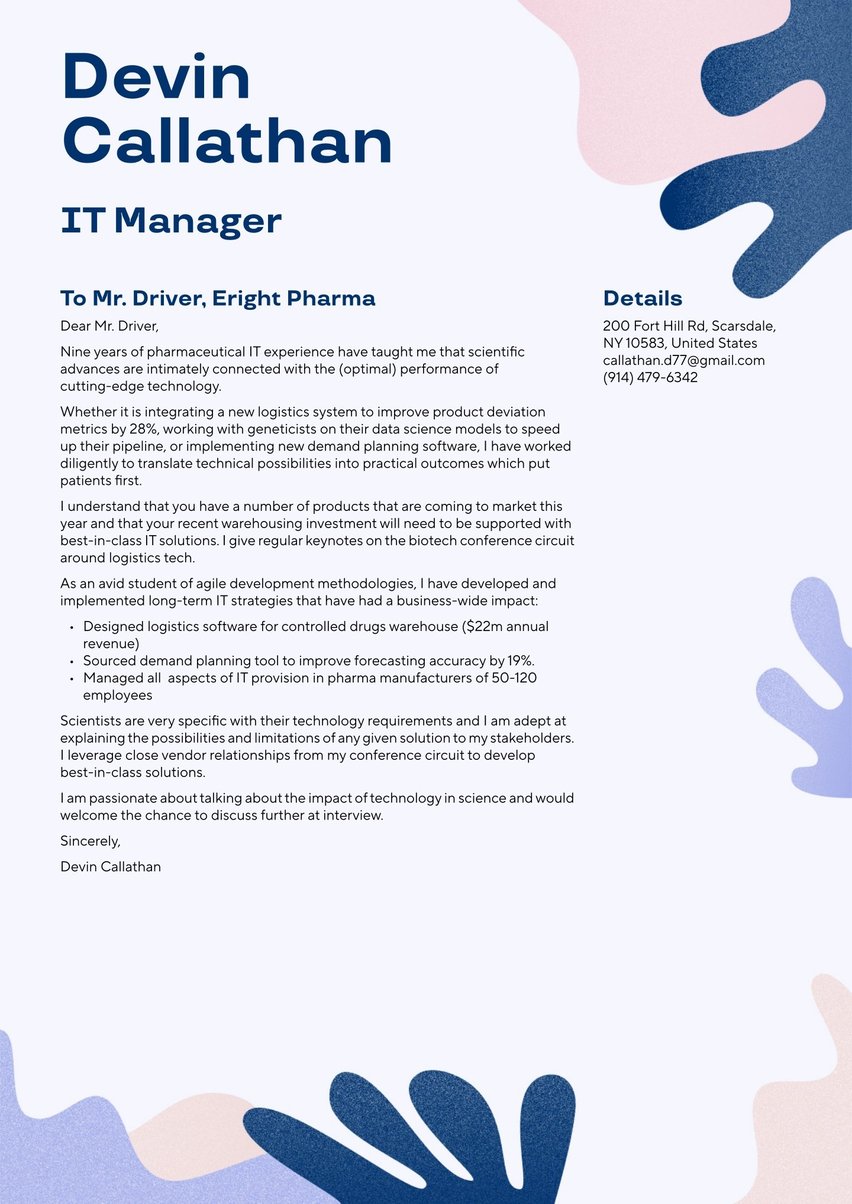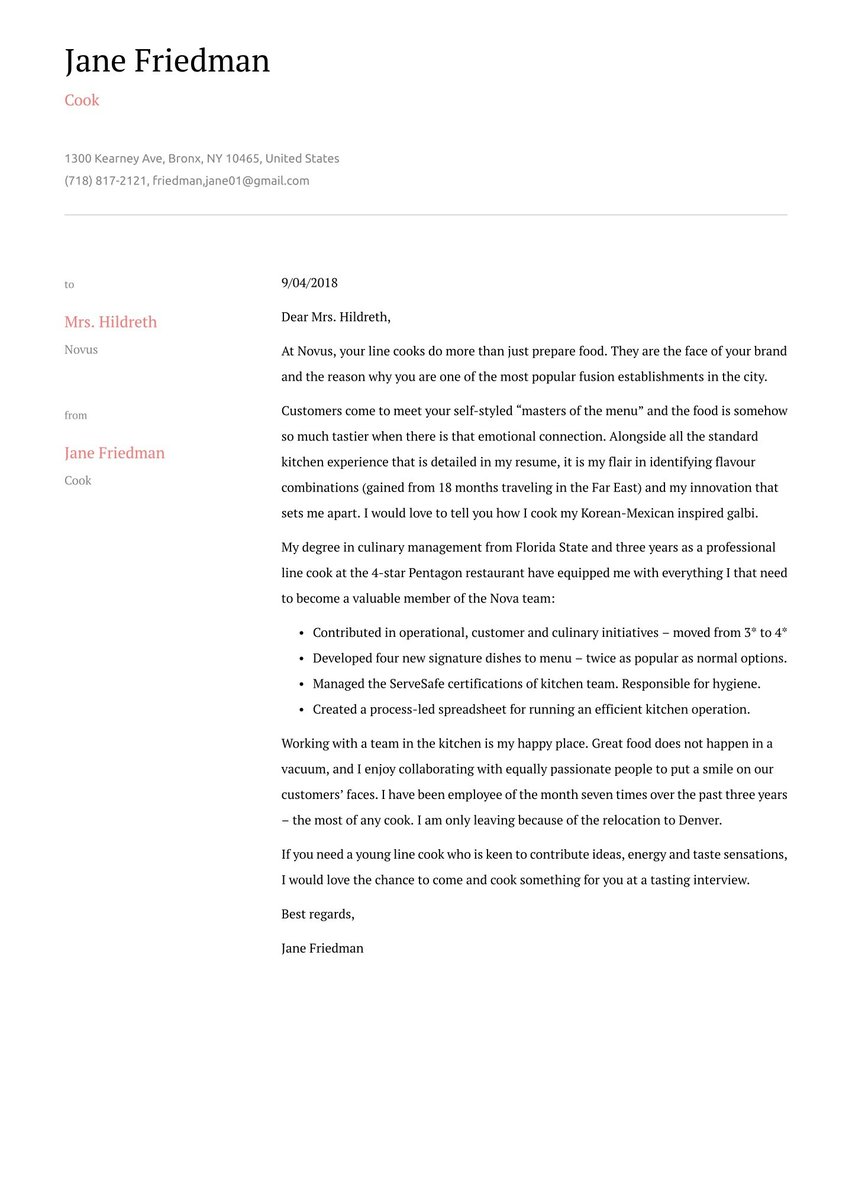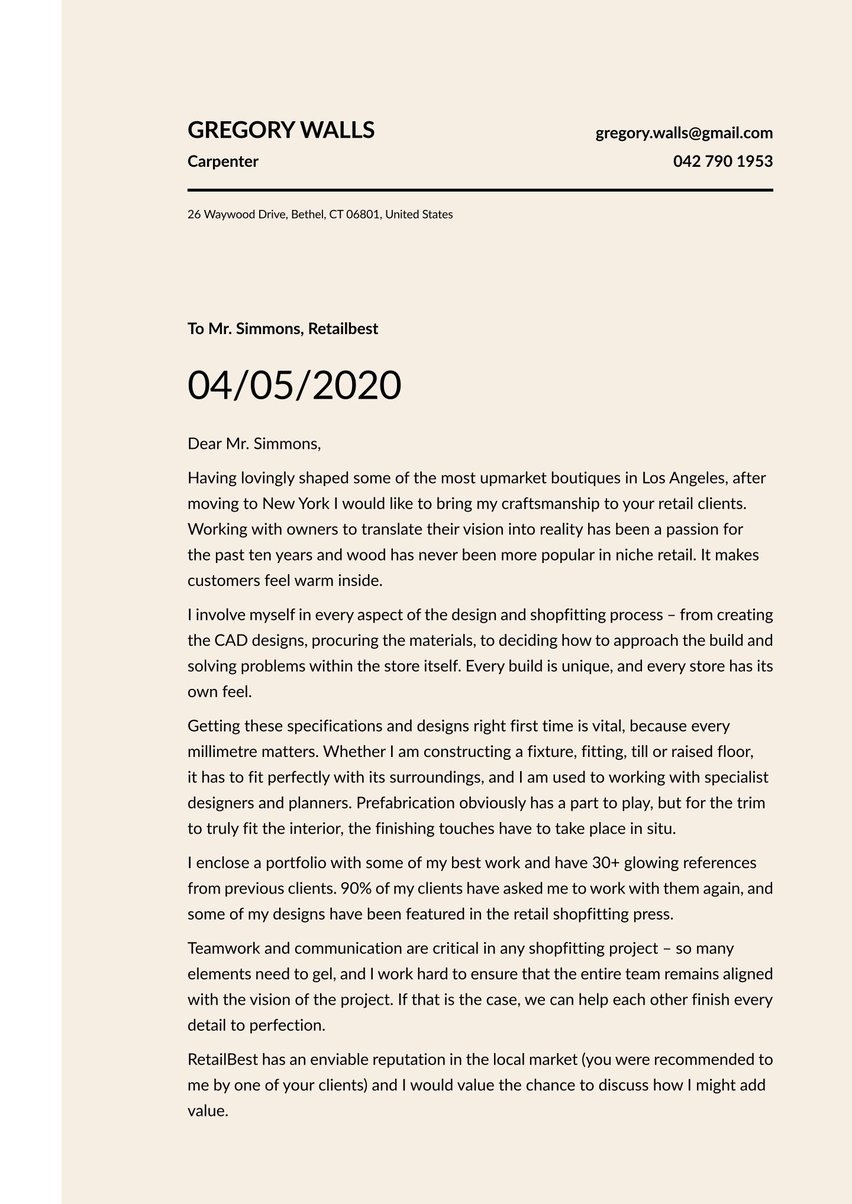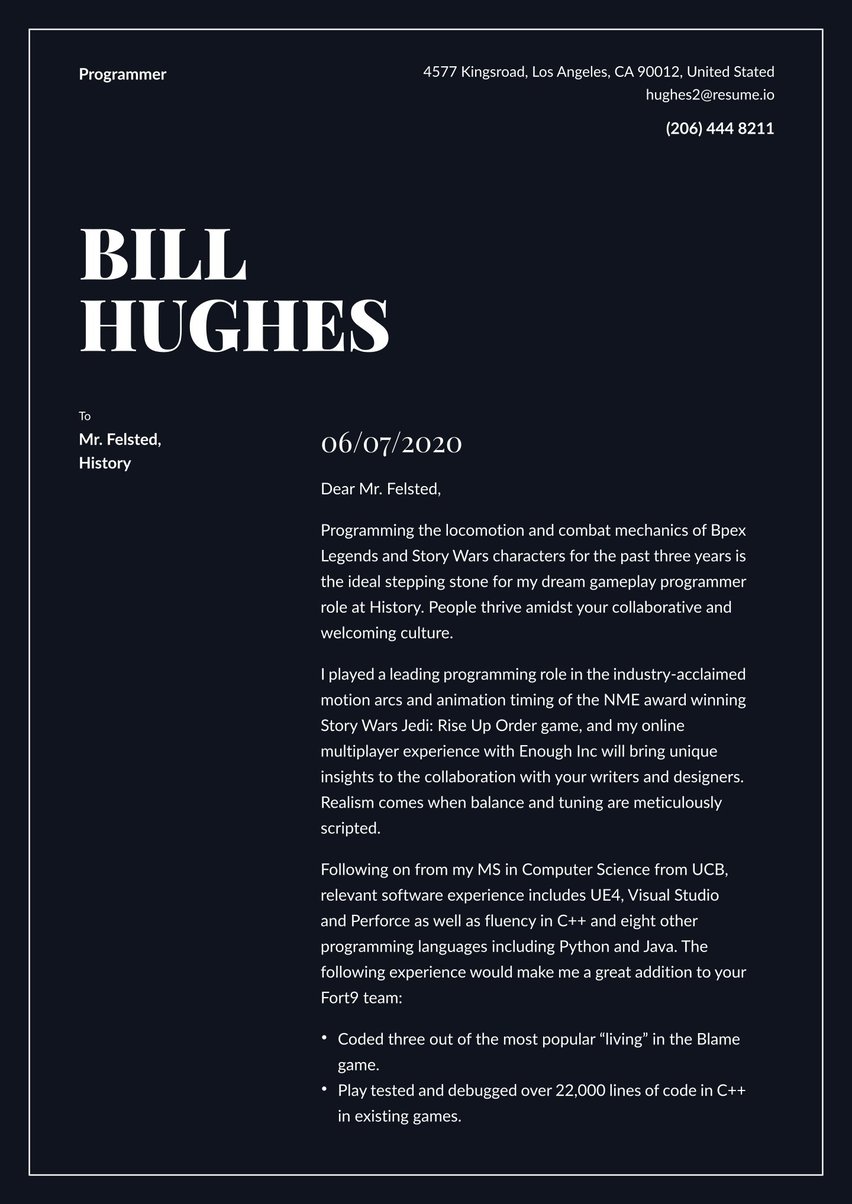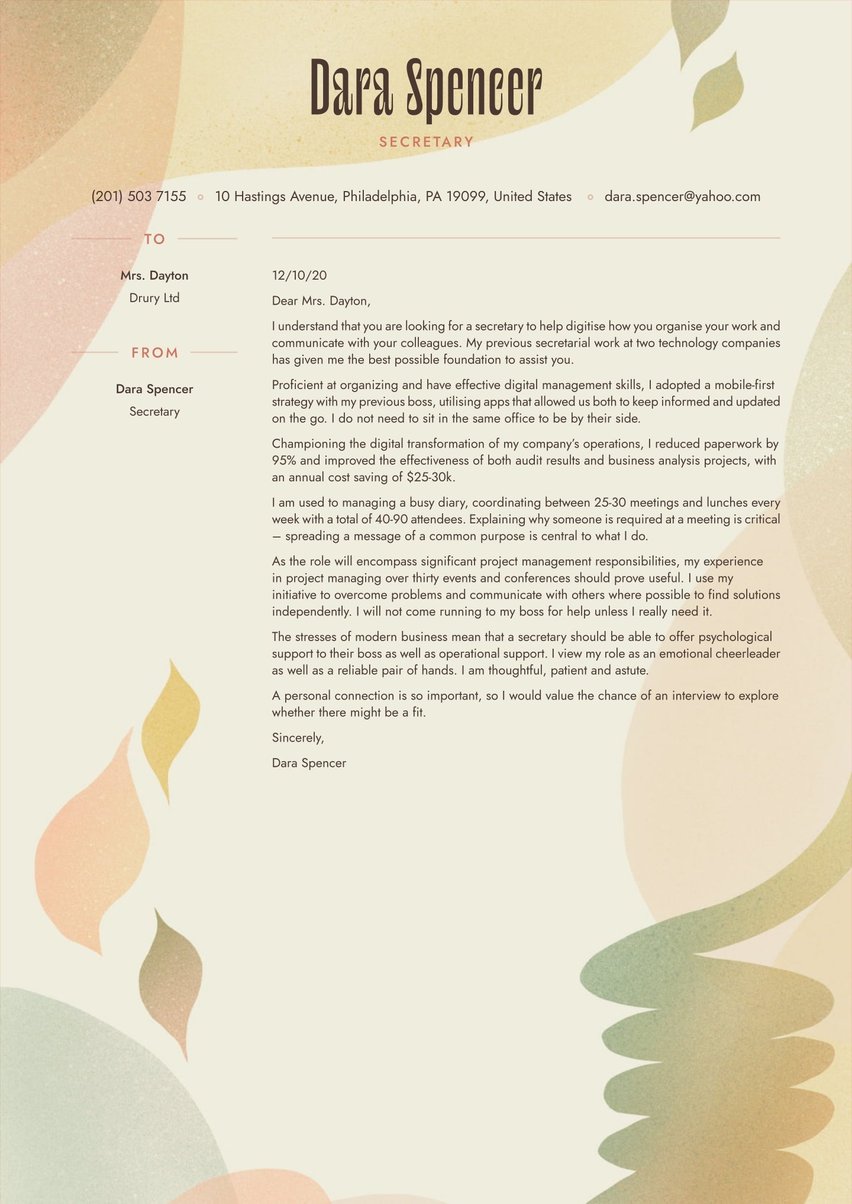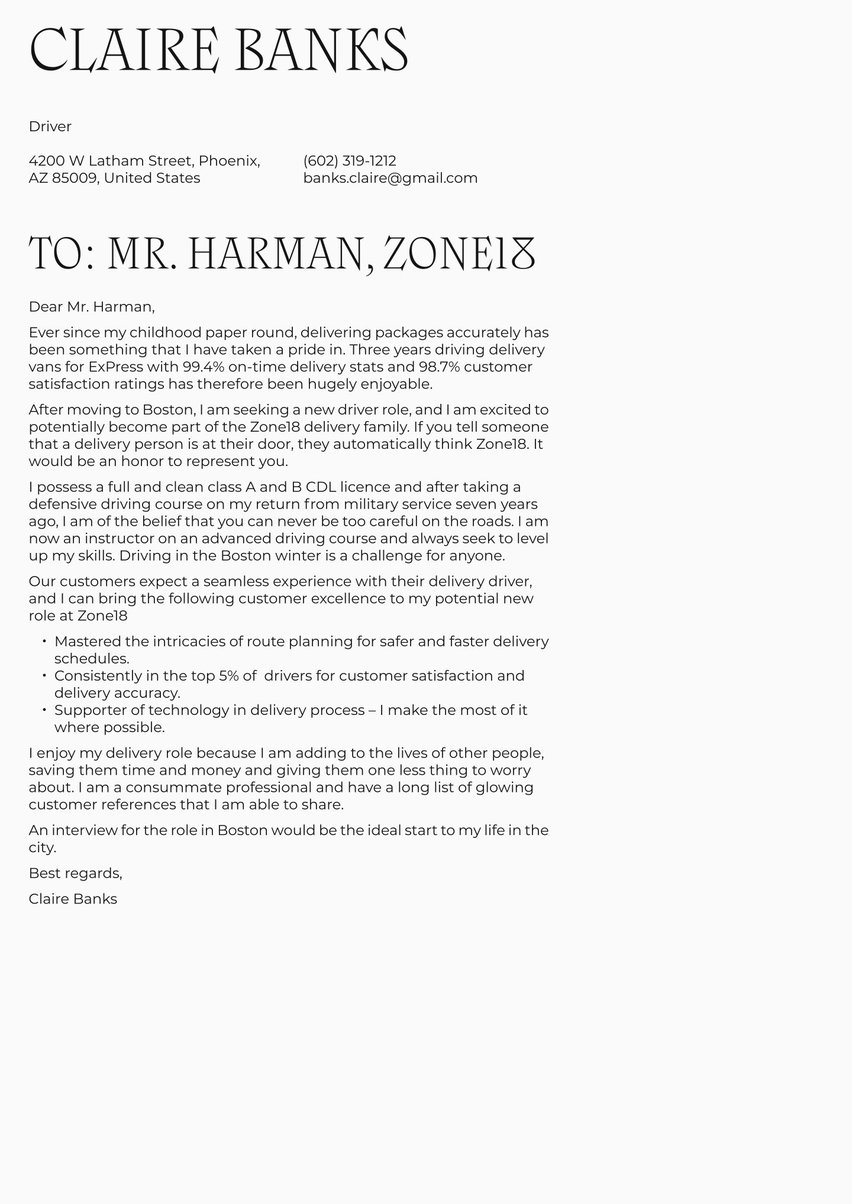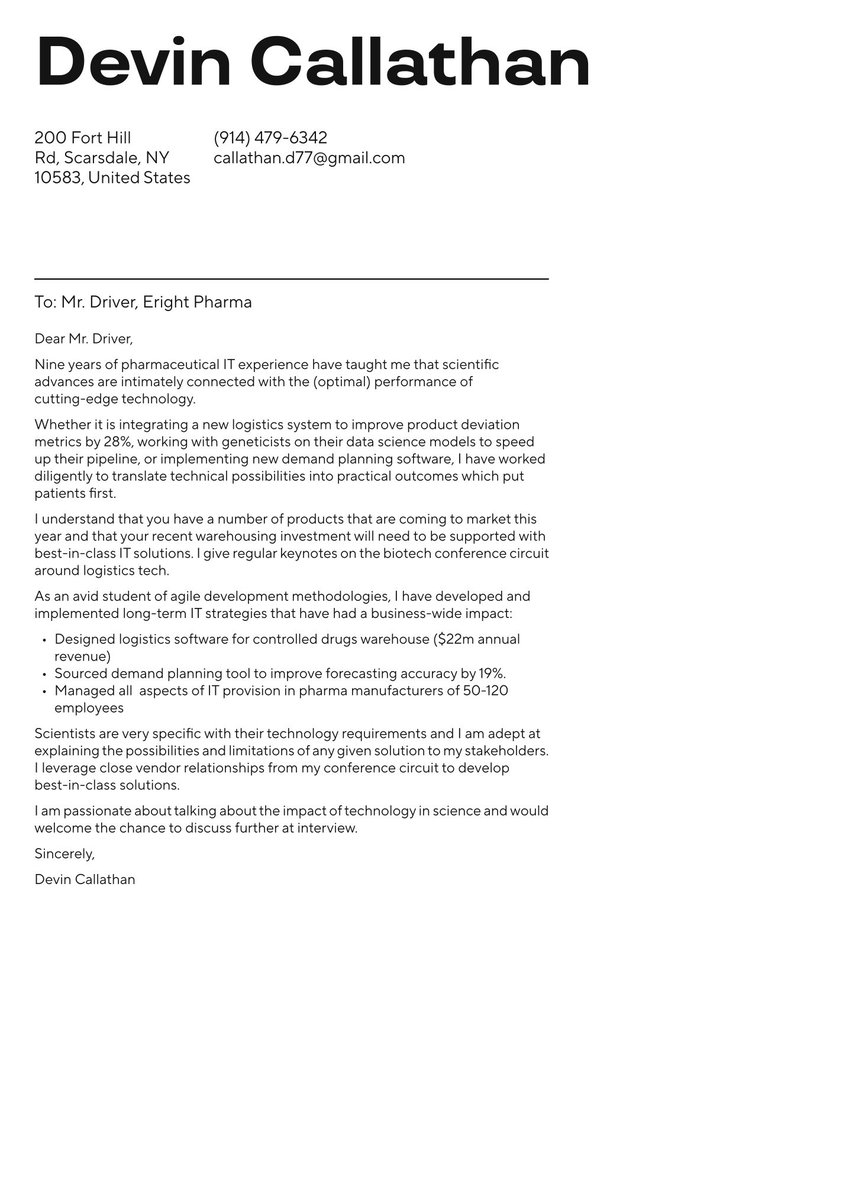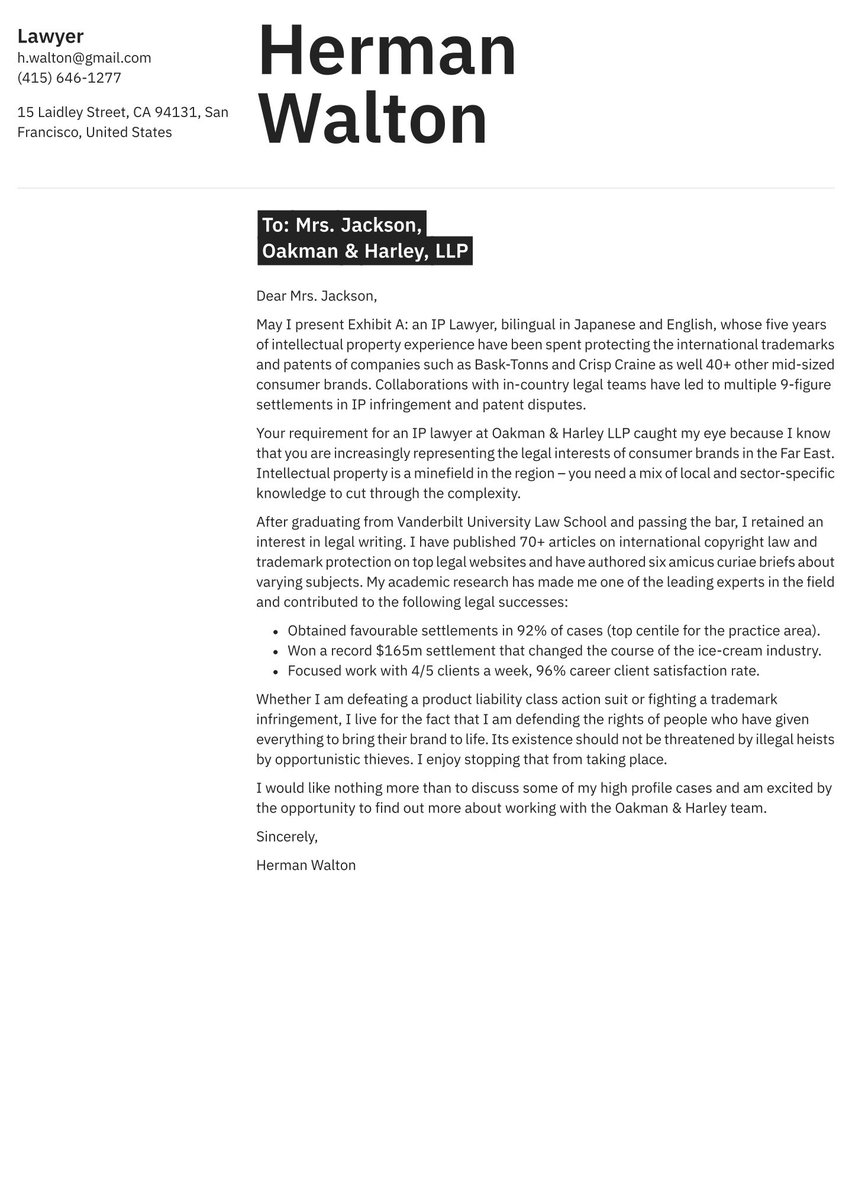Landing your first job can be both an exciting and stressful experience. Whether you’re a high school or college student, or even a recent graduate, a first job can provide valuable life and professional experience. First jobs in restaurants, childcare or retail teach transferable skills and prepare you for a successful career, even if you eventually decide to pursue another field.
As exciting as landing your first job can be, searching for it can be challenging. Most employers hire based on previous work experience, which poses a problem for first-time job seekers. Luckily, there are plenty of ways to show you have the right qualities and attitude to make for a great entry-level hire who is motivated to learn and grow.
So how do you convince an employer to take a chance on you and open the door to a world of professional possibilities?
A great cover letter is one of the most important tools you can have on your side. This document highlights your unique personality, ambitions and accomplishments. In the case of first-time job seekers, a cover letter can be even more effective than a resume, especially if you lack work experience.
Luckily, with resume.io's collection of resources, tips, real-world examples and sample sentences, you’ll easily be able to write a perfect cover letter for any situation.
This guide, along with an effective first job cover letter example, will:
- Explain the unique purpose of a cover letter in landing you your first job
- Offer a step-by-step guide to the writing process with free examples, samples and templates
- Break down the most important qualities for first-time job seekers regardless of position
- Help you create a stand-out application to improve your chances of landing your dream job!
So how can you make an impact when you don't have the experience to prove your skills? You're in the right place to find out! The guide below will provide you will the tools and tips to write a great first job cover letter. (You can also check out our library of 125+ cover letter examples.)
The primary purpose of a first job cover letter
Before we dive into the secrets of writing an effective cover letter, it’s important to understand what exactly a cover letter is. This document is one of the most important application materials and for good reason. While a resume is focused on the names, dates and locations of previous employers, your cover letter is much more free-form – a chance for you to highlight what truly makes you a unique candidate.
For a first-time job-seeker, it’s important to keep your cover letter concise and concentrated on a few reasons why you’re the right choice for the position. Limit your cover letter length to one page, or 200 to 400 words, to make sure you’ll keep the hiring manager’s attention from beginning to end.
While great writing is half the cover letter battle, clean formatting also plays a big role in how an employer perceives your application. You’ll want to pay attention to the balance of white space and text and make sure you’re using an appropriate font style and size. For specific formatting tips, check out our comprehensive guide on cover letter writing.
What if the job application DOESN’T require a cover letter?
Occasionally you’ll run across job postings that don’t exactly mention whether a cover letter is required. Maybe they list it as “optional” or they might fail to address the question entirely. So what should you do?
While some job seekers might see this as a chance to save themselves time and effort on the cover letter writing process, they’re likely not doing themselves any favors by skipping out on submitting a cover letter.
Unless the job description specifically asks you NOT to submit one, it’s always a good idea to write and submit a thoughtful cover letter as part of a complete application. After all, when applying to your first job you’ll need to use every resource at your disposal.
Secondary purpose
All the time and effort you’ll spend writing your cover letter really boils down to one mission: maximize your chances of landing your first job.
While there’s nothing you can do to guarantee you’ll land the position, there are several steps you can take to increase your odds. An interesting introduction, error-free writing, polished formatting and a professional tone all contribute to an employer’s impression of you as an applicant.
While resumes are often hailed as the end-all-be-all of the job search, they often lack space for the personality and soft skills that make you a great employee, especially in entry-level positions.
Your cover letter allows for much more flexibility – and even creativity – in terms of tone and styling. While you’ll always want to make sure your tone is professional, a dash of spark or excitement can go a long way in setting you apart from other candidates.
The reason why you need to tailor your cover letter
Since there are only a certain number of jobs available for entry-level candidates with minimal hard skills or work experience, these positions can often be competitive. Unfortunately, submitting just any cover letter likely won’t be enough to land a great first job.
To truly leave an impact, you’ll also need to tailor your cover letter.
Tailoring your cover letter means adapting it to each individual position and employer you apply to. For each different job description, you’ll want to pick out the most important skills and experiences and find relevant examples from your own activities and personality. The small time investment to adjust each cover letter will pay off big time when the hiring manager notices your effort to address the employer’s needs.
Best format for a first job cover letter
While a cover letter might seem more flexible than a resume, that doesn’t mean there’s no structure to follow. In fact, this section will break down each part of an effective cover letter. And the great news is that this structure works well regardless of industry or position, so learning to write a great cover letter is skill that will benefit you for the rest of your career.
Here are the key components:
- The cover letter header
- The greeting / salutation
- The cover letter intro
- The middle paragraphs (body of the letter)
- The ending paragraph of your cover letter (conclusion and call-to-action)
You can get even more tips for writing each of these sections – and even some free example sentences – in this overall guide on cover letters. The cover letter sample below will help you understand the big picture and offer some ideas.
Dear Mr. Maskill,
Having just graduated from Miami University with a degree in Public Relations and Journalism, the traineeship at Deelman PR would be an ideal start to my career.
I have taken every opportunity to gain PR and writing experience during my studies, with experience over two summers with Mill & Trapp PR and three years working on the university website, with my final year as Managing Editor.
In my work experience placement at Mill & Trapp, I worked on consumer PR campaigns for a variety of well-known brands, collating press clippings, managing social media campaigns and coordinating media involvement. I managed photoshoots for a number of smaller clients and wrote over 35 press releases. My social media work resulted in a cumulative 58% uplift in engagement and 147% increase in following.
My copywriting skills were perfected during my time at the university website (and accompanying student magazine). I started out as a contributor, writing about social and political issues that mattered to our students, and by my final year I was the editor, in charge of a team of 28 writers and designers. I learned much about collaboration and working towards a deadline – something vital in the PR business.
I understand that you do a lot of work in South America and hope that my native Spanish may come in useful. I travel to Spain every year to visit European family and would relish the chance of a role that would require both Spanish and English writing skills. Basic translation skills are not enough for effective PR – you need someone who is capable of transcreation.
I am an excellent communicator and have a host of glowing references which speak of my ability to work in a team and manage complex projects.
I would welcome the opportunity of an interview to discuss my portfolio of previous work.
Sincerely,
Sara Yardley
Cover letter header
Your cover letter heading accomplishes two big jobs. First, it allows a recruiter to quickly identify the document as belonging to you. Since it contains your full name, phone number, social media like LinkedIn and other contact information, it makes it easy for a hiring manager to get in touch if they want to schedule a job interview.
The second thing your header does is add attractive and eye-catching formatting. Recruiters can often read through hundreds of applications for any given position. Your formatting helps you make a strong and professional first impression.
The goal of this section: Label your document with your contact information, create an interesting and professional layout to keep your document visually attractive.
Align document styles!
As mentioned above, one of the major roles of your cover letter header is to create a great look for your document. You can take this goal a step further by aligning the document styles of your cover letter and resume. This simple action will help create a “personal brand” – a look and feel that defines your application and makes it stand out visually. There are a few ways to accomplish this, but one of the easiest is by using matching cover letter templates and resume templates. Check out Resume.io’s collection of clean, simple designs to create a quick and easy cover letter suitable for any position.
Cover letter greeting
Your cover letter greeting doesn’t contain many words, but it should still pack a punch. In this section, you’ll want to address the hiring manager by name to increase your chances of making a personal connection and catching their attention. Before choosing a greeting, take a moment to reflect on the formality of the workplace and your relationship with the employer. For most formal situations, “Dear” followed by the proper salutation and the hiring manager’s last name will be appropriate. For more casual situations, you may opt for “Hi” or “Hello” followed by a first name.
When in doubt, use "Dear," just as our cover letter example does.
The goal of this section: Address the letter recipient by name to make a personal connection and demonstrate genuine interest in the position.
The importance of names and addressed greetings
Using a name in your cover letter greeting is a habit that will benefit you in any job and any industry. And don’t just take our word for it. Science has actually proven that humans have a positive neurological response to hearing (or reading) their own name. Using a hiring manager’s name in your cover letter shows that you’ve done your research and care about your application.
However, in large to medium-sized companies, hiring is often handled by a whole team of people who can remain somewhat anonymous. In this situation, there’s no need to go to extreme lengths. The next best step is to use the company name plus some sort of collective noun. “Team” or “Family” can often work well here. These options are more personal than the cold and slightly outdated “To Whom It May Concern,” which should be avoided if at all possible.
Cover letter introduction
Your first paragraph is where you’ll finally have a chance to show off your unique qualities and grab the hiring manager’s attention. A relevant fact, interesting anecdote or surprising statistic can all serve as great ways to open your letter and keep a recruiter reading until the end. Just make sure to keep this section concise and professional in tone. If the company has multiple job openings or a large staff, it’s also a good idea to include the name of the position in your introduction.
The goal of this section: Grab the hiring manager’s attention with an exciting snippet that leads directly into the body section, establish a respectful tone
Having just graduated from Miami University with a degree in Public Relations and Journalism, the traineeship at Deelman PR would be an ideal start to my career.
Cover letter middle part (body)
Now that you’ve arrived at the cover letter body, you’ll finally have a chance to highlight your relevant experience and most impressive skills. You can divide this section into a second and third paragraph to make it easier to organize.
In the second paragraph, the STAR method will help you list relevant anecdotes. First, describe a Situation and the required Task, then you’ll need to explain your Action and the positive Result that followed. Make sure to keep these anecdotes concise and focused on the experiences most relevant to the potential position.
In the third paragraph, you’ll be able to list potential contributions to the employer and your strongest skills.
The goal of this section: Use the STAR method to create relevant anecdotes, discuss potential contributions and skills.
My copywriting skills were perfected during my time at the university website (and accompanying student magazine). I started out as a contributor, writing about social and political issues that mattered to our students, and by my final year I was the editor, in charge of a team of 28 writers and designers. I learned much about collaboration and working towards a deadline – something vital in the PR business.
How to close a first job cover letter (conclusion and sign-off)
You’ve almost made it to the end! You just need a great conclusion to seal the deal on a strong cover letter. You can wrap up your document using a Call to Action. This sentence conveys your interest and enthusiasm for the position and invites the hiring manager to contact you. You may also choose to leave your contact information here.
Then, finish your letter with the appropriate signature. “Sincerely,” “Best” or even “Thank you” can all work well.
The goal of this section: End your cover letter on a positive note with a strong call to action, choose the appropriate signature.
I am an excellent communicator and have a host of glowing references which speak of my ability to work in a team and manage complex projects.
I would welcome the opportunity of an interview to discuss my portfolio of previous work.
Entry-level cover letter examples and strategies
When applying to your first job, there are a few key traits you’ll want to convey regardless of industry or job title.
- Willingness to learn: No one expects you to be an expert when starting your first job. A humble attitude and teachable spirit will show an employer you’re ready to work for your skills and do even the most basic tasks with a positive attitude.
- Motivation: As a first-time employee, your motivation and determination to succeed will quickly help you stand out and earn respect. Use other semi-professional or volunteer activities to show how you set goals and meet them.
- Professionalism: Communication, professional decorum and even confidence are the traits that set one entry-level candidate apart from another. Even with no prior work experience, you can still show a hiring manager that you will make a great addition to the team just by using a professional, assertive tone without appearing arrogant.
- Work ethic: An entitled employee is never a good look, but it’s even worse when it’s your first job. Your cover letter should demonstrate an ability to put your head down and get the job done, even when the task isn’t the most glamorous.
How to get a job with no experience
When applying to your first job, you may feel like you’re playing catch-up. Your mind might start to wander as you imagine other candidates with fancy degrees and years of experience confidently writing their cover letters.
Stop! Don’t think like that!
The beauty of a winning cover letter is that you don’t need immense amounts of job experience to convince an employer that you’re the perfect fit.
A professional cover letter really boils down to your ability to answer one short question: What value can I add to this employer’s business?
For most entry-level positions in stores, childcare, restaurants and offices, the answer is deceptively simple. I may not have the educational background of other candidates but I have qualities like time management, work ethic and attention to detail that are hard to teach.
Most employers are willing to take a chance on a young candidate who shows interest and motivation. Your thin resume may have a hard time conveying that, which makes your cover letter doubly important.
Bonus tips on how to write the best cover letter
- Proofread: Spelling and grammar mistakes can really hinder your chances of landing your dream job. Make sure to leave enough time to proofread your work. You can even ask a friend to help.
- Get specific: Numbers, facts and statistics help you put some weight behind your words. Use these details where needed to quantify your accomplishments.
- Focus on your opening paragraph: Hiring managers are busy, so give them what they need right from the start. An exciting and relevant opening paragraph is one of the most important things you can do to increase your chances of success. Check out our examples for free sample sentences.
- Google the company: The more information you have, the more easily you’ll be able to match the tone of the company and address their needs with relevant skills and experiences. Information about the company’s branding can also help you choose the most appropriate cover letter template.
Cover letter for first job: How to avoid common mistakes
- Unrelated activities: While it’s normal to have a sparse resume when applying for your first job, that doesn’t mean that you should fill your cover letter with all sorts of unrelated hobbies and activities. Stick to the most professional experiences you have, even if they were volunteer or shadowing opportunities, and fill in the rest of your letter with your relevant soft skills and personality traits.
- Poor formatting: First-time job seekers often overlook the importance of great presentation. To make yourself stand out as a polished candidate, don’t forget to use the right formatting techniques. Cover letter templates can make this process much simpler.
- A generic letter: Sometimes a lack of experience causes candidates to copy-paste their cover letter or simply plug their information into an existing example from the web. While examples and samples are great guides, you should put some time and effort into customizing your letter with the right skills and examples to explain why you’re the best candidate for the particular position.
- Poor tone: When you’re lacking experience, it can be difficult to find the sweet spot between modesty and over-confidence. The trick is to present yourself as a humble applicant with a willingness to learn while still recognizing the great skills and qualities you already possess.
Key takeaways
- For recent grads and first time job seekers, a good cover letter can be even more important than your resume in a hiring manager’s impression of you. Unless asked NOT to, it’s always a good idea to write and submit one.
- The step-by-step cover letter structure can make the writing process a lot easier. Make sure to pay special attention to creating a strong opening paragraph.
- For part-time jobs, focus on the skills that are most relevant to the work you’ll be doing. Make sure to use a tone that’s confident but not arrogant.
- Your cover letter should be specific to each individual employer – and don’t forget to proofread it to maintain your professional image.
- Formatting is equally as important as great writing. A cover letter builder and templates can help you quickly create a polished image.
With our cover letter builder, you can create a perfect cover letter in just a few minutes. No uncertainty, no hassle. Go out there and win!
For more specific idea, click on our cover letter examples for careers that offer entry-level opportunities:

